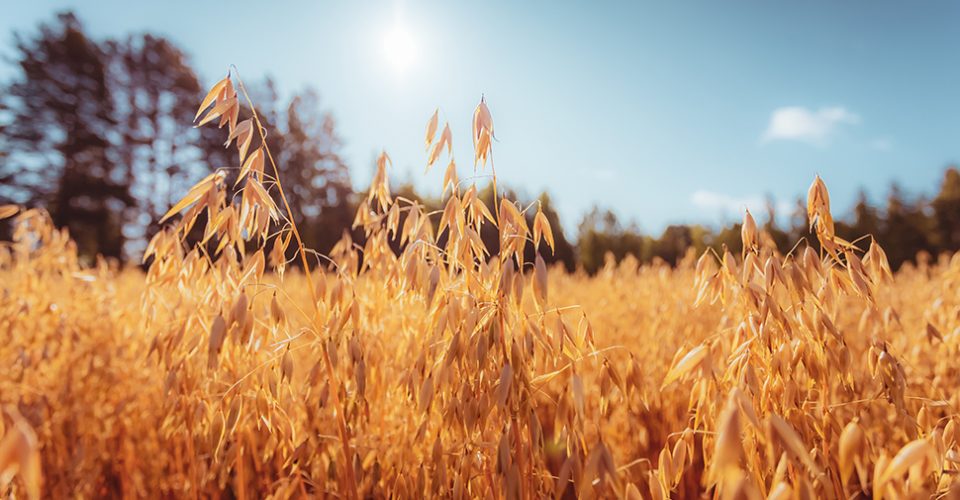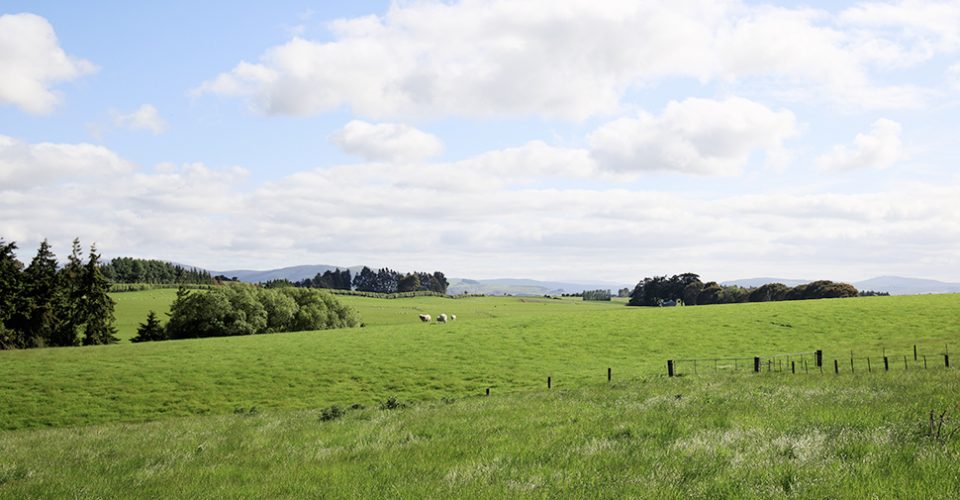Our Sustainability Framework
Taking a Life Cycle (“seed to cup”) approach to sustainability is our way of making an impact beyond the company gates.
Our Sustainability Framework uses the UN SDG to set out our actions to make a positive environmental, social, and economic impact throughout the value chain, in partnership and collaboration, from the seed producers, farmers and millers right through to the distributors, logistics providers, consumers and wider community.

